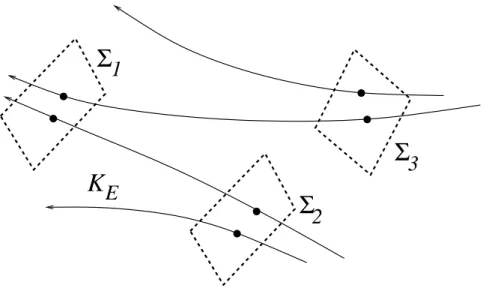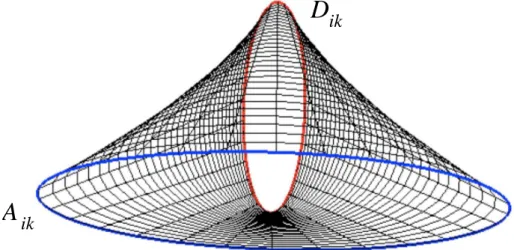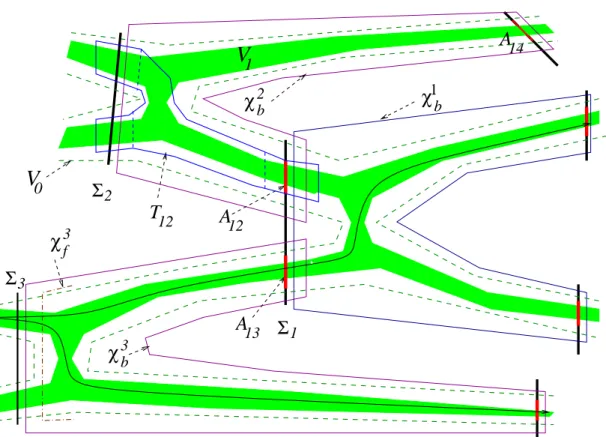From open quantum systems to open quantum maps
Texte intégral
Figure
![Figure 1. An example of a potential, V ∈ C c ∞ ( R 2 ), to which the results apply: the Hamiltonian flow is hyperbolic on the trapped set in a range of energies – see [38, Appendix c]](https://thumb-eu.123doks.com/thumbv2/123doknet/12840725.367149/2.892.138.760.585.951/figure-example-potential-results-hamiltonian-hyperbolic-energies-appendix.webp)

![Figure 3. This figure, taken from [34], shows the case of symmetric three disc scattering problem (left), and the associated Poincar´e section (right).](https://thumb-eu.123doks.com/thumbv2/123doknet/12840725.367149/7.892.137.768.172.477/figure-figure-symmetric-scattering-problem-associated-poincar-section.webp)

Documents relatifs
It was concluded that, in spite of the competition between the local thermal environments which destroy entanglement and the collective thermal environment tending to
L’archive ouverte pluridisciplinaire HAL, est destinée au dépôt et à la diffusion de documents scientifiques de niveau recherche, publiés ou non, émanant des
Molecular properties by quantum Monte Carlo: An investigation on the role of the wave function ansatz and the basis set in the water molecule.. Algorithmic differentiation and
In this paper we use the framework of NEGF to show that any attempt to define heat as the energy change in the reservoir energy plus any nonzero fraction of the
The production of entropy solely vanishes for reversible transfor- mations, which corresponds to quasi-static (infinitely slow) processes. The second law has crucial
We also prove that, under appropriate rescaling of the system and probe interactions, the state probability distribution and the system density matrix are solutions of
Firstly, a classical one, which consists of solving an infinite dimensional stochastic differential equation driven by classical noises and such that the expectation of the flow
Every part of physics offers examples of non-stability phenomena, but probably nowhere are they so plentiful and worthy of study as in the realm of quantum theory6. The present



